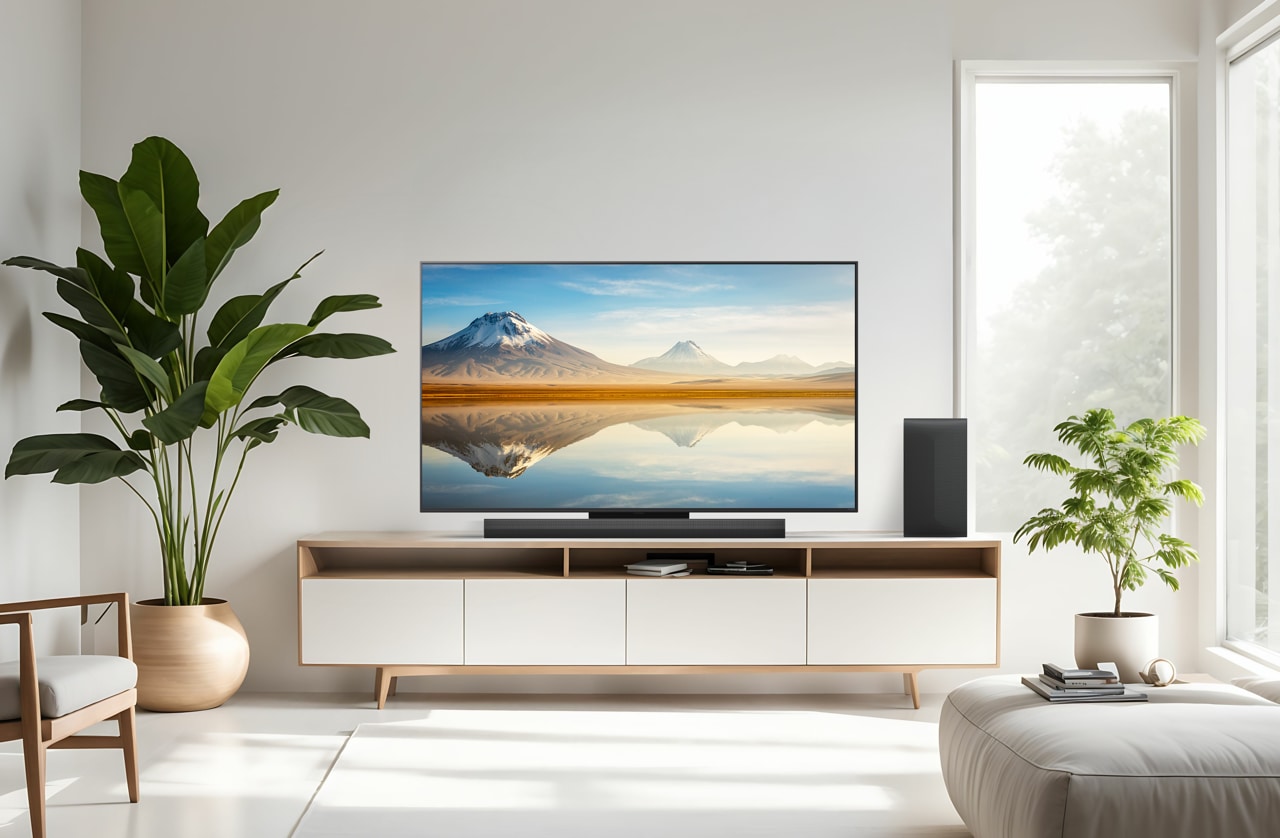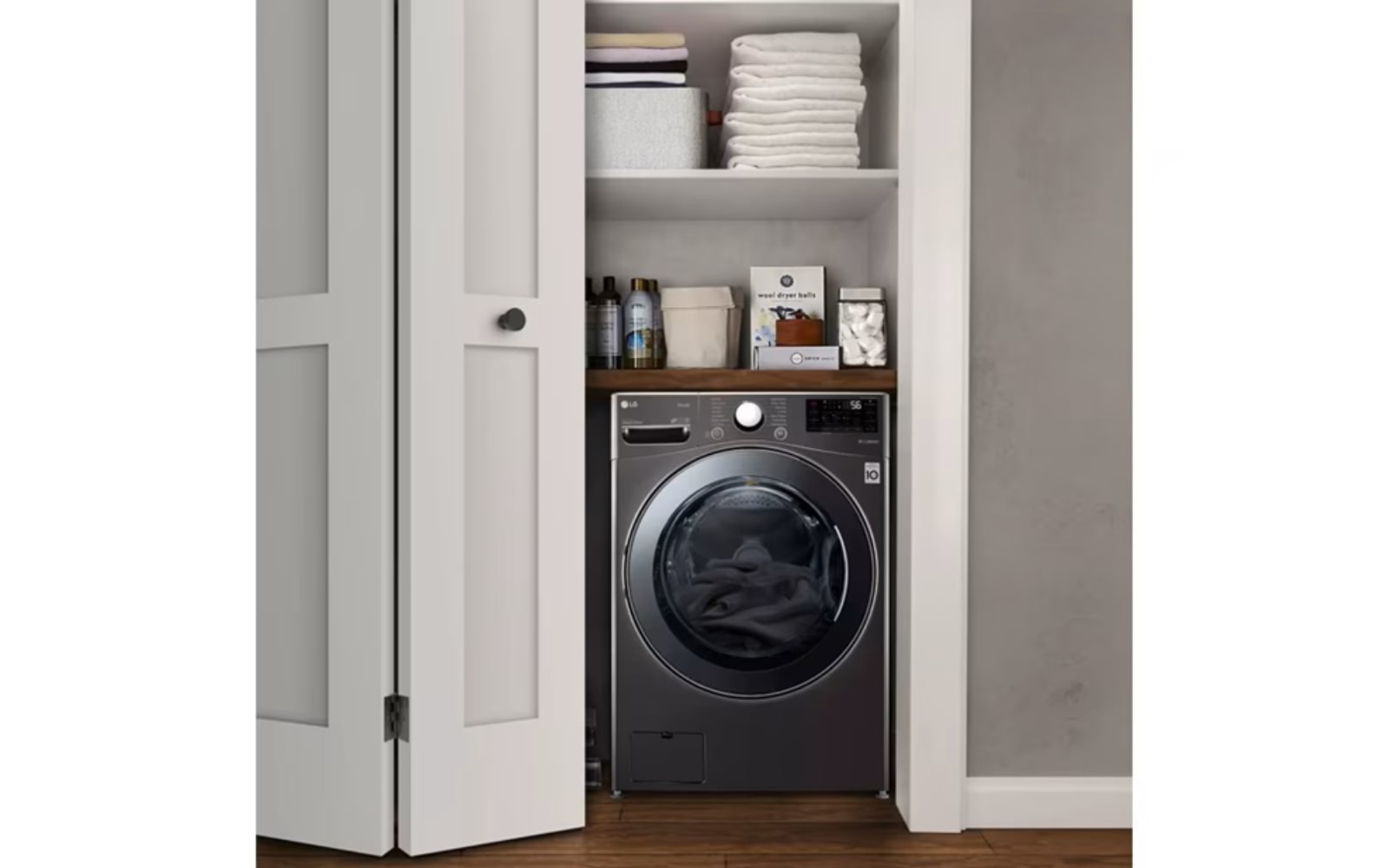We use cookies, including cookies from third parties, to enhance your user experience and the effectiveness of our marketing activities. These cookies are performance, analytics and advertising cookies, please see our Privacy and Cookie policy for further information. If you agree to all of our cookies select “Accept all” or select “Cookie Settings” to see which cookies we use and choose which ones you would like to accept.
Helpful Hints
Mini LED vs. OLED: comparing the top TV technology
In this guide, we will explore:
- OLED’s ability to brighten, dim or power off individual pixels
- How Mini LED TVs utilise tiny diodes to produce a more precise and controlled form of backlight
- Differences between LED and Mini LED technology
- A detailed breakdown of the science and innovation behind Mini LED and OLED TVs
When the time comes to invest in a new television, picking the right one can feel like a tough task. As far as premium TV tech goes, OLED and Mini LED are two leading contenders; but what sets them apart? This in-depth guide will explore everything you need to know about both options.
What is OLED?
Unlike traditional LED or LCD screens, OLED (Organic Light Emitting Diode) panels are self-emissive, meaning each pixel emits its own light. This allows OLED TVs to achieve perfect blacks and an infinite contrast ratio, as individual pixels can be turned off completely.
What is Mini LED?
Mini LED uses very small light-emitting diodes (LEDs) as the backlight. This allows for higher contrast, improved black levels and colour accuracy, and greater brightness compared to traditional LED displays.The QNED evo lineup is equipped with MiniLEDs precisely controlled by the Alpha AI Processor, delivering ultra-sharp contrast and lifelike detail.
What is QNED?
QNED is LG's premium LCD brand designed to enhance colour accuracy and brightness. QNED delivers vivid and lifelike colours thanks to LG’s proprietary colour technology which adds various colour solutions to nano particle based technology. Select high-end QNED models feature Mini LED technology.
What's the difference between OLED and QNED Mini LED?
QNED and OLED are two different display technologies, each offering a unique viewing experience.
LG OLED TVs feature self-lit pixels that can turn on and off independently, delivering perfect blacks, infinite contrast, and wide viewing angles—making them ideal for movie enthusiasts seeking the ultimate viewing experience. Colours are vibrant and accurate, with deep contrast between light and dark areas. Additionally, LG OLED displays are validated by NVIDIA G-SYNC and AMD FreeSync Premium, ensuring excellent variable refresh rate (VRR) performance with minimal screen tearing and stuttering—making them an outstanding choice for gamers.
In contrast, QNED is an advanced LCD technology that delivers bright images and vivid colours, thanks to LG’s proprietary colour technology, which adds various colour solutions to nano particle based technology. With a wide range of large screen sizes available up to a massive 100 inches, QNED is ideal for sports fans, offering an immersive viewing experience on a bigger scale. Select high-end QNED models feature Mini LED technology, which delivers enhanced clarity, bright highlights, and deep blacks, through precise control of tiny backlights.
QNED Mini LED vs. OLED: Contrast
An increase in local dimming zones has considerably improved the contrast ratio in QNED Mini LED TVs. This is because blacks appear deeper, which in turn makes the colours even more vibrant. This is also an area in which OLED TVs particularly stand out. Without a backlight, OLED’s Perfect Black production creates sharp, crisp contrast. And since each pixel can be controlled individually, on-screen colours closely match those of the original image—which translates to a much more accurate picture for the viewer.
QNED Mini LED vs. OLED: Response time
This is a key factor for gamers, as there is nothing worse than suffering from lag when playing online. The response time of pixels on OLED screens are typically faster than that of QNED screens. In fact, LG OLED TVs boast an incredible response time of as low as 0.1ms.
QNED MiniLED vs. OLED: Brightness
Brightness is a win for QNED MiniLED because it packs more diodes and dimming zones into the screen. In fact, these TVs can display a full screen brightness of above 1,000 cd/m2 (or nits)—which is a measurement of how much light the TV screen sends to your eyes. This is typically brighter than edge lit LED displays.
QNED Mini LED vs. OLED: Viewing angle
OLED displays are unmatched when it comes to offering the best viewing angle from any seat in the house. With an OLED TV, each pixel creates its own light and has the ability to be turned on or off instantly, there is virtually no issue when viewing the screen from even the tightest of angles.
QNED Mini LED vs. OLED: Cost
QNED Mini LED TVs are generally more affordable than LG OLED and provide an excellent picture experience. However, the wealth of groundbreaking features make OLED TVs the number-one choice for those who demand the best possible picture.
Is Mini LED better than OLED?
If you demand the very best clarity and colour performance, then OLED is supreme. There is no doubt that this premium product will make you the envy of your friends and family.
At the same time QNED Mini LED displays offer impressive picture quality and incredible brightness at a moderately lower price point. If you’re looking for an elevated alternative to a traditional LED-backlit TV, you can’t go wrong with QNED Mini LED.



.png)
.png)
